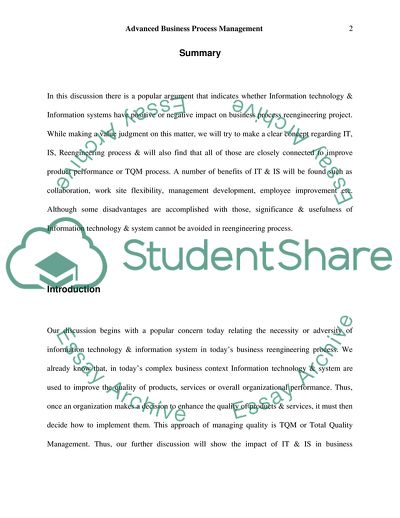Cite this document
(The Impact of Information Technologies on Business Process Case Study, n.d.)
The Impact of Information Technologies on Business Process Case Study. Retrieved from https://studentshare.org/information-technology/1712726-advanced-business-process-management
The Impact of Information Technologies on Business Process Case Study. Retrieved from https://studentshare.org/information-technology/1712726-advanced-business-process-management
(The Impact of Information Technologies on Business Process Case Study)
The Impact of Information Technologies on Business Process Case Study. https://studentshare.org/information-technology/1712726-advanced-business-process-management.
The Impact of Information Technologies on Business Process Case Study. https://studentshare.org/information-technology/1712726-advanced-business-process-management.
“The Impact of Information Technologies on Business Process Case Study”. https://studentshare.org/information-technology/1712726-advanced-business-process-management.


